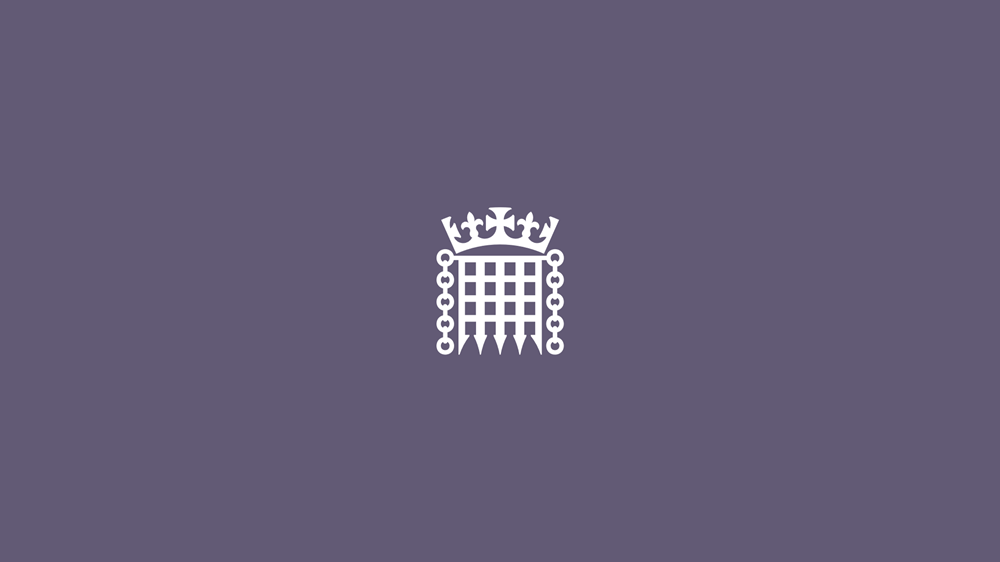"Go-it-alone UK Carbon Price Floor could harm industry and consumers"
26 January 2012
The Government's decision to set a unilateral Carbon Price Floor could have a "devastating effect" on UK industry and will artificially raise electricity prices for consumers, while having no overall impact on emissions – MPs on the Energy and Climate Change Select Committee have warned.
- Report: The EU Emissions Trading System
- Inquiry: The EU Emissions Trading System
- Energy and Climate Change Committee
Tim Yeo MP, Chairman of the Committee, said:
"The Chancellor was right to say we won’t save the planet by putting the UK out of business.
Ironically, however, it is the Treasury’s decision to set a Carbon Price Floor that could result in industry and electricity production relocating to other EU countries.
Unless the price of carbon is increased at an EU-wide level, taking action on our own will have no overall effect on emissions other than to out-source them.
A revenue raising exercise disguised as a green policy won’t help anybody— the price of carbon has to be increased at an EU level to kick start investment in clean-energy."
Energy generators and heavy industry could be subject to an 'exorbitant' top-up tax of up to £25 per tonne of CO2 under current plans, because the price of carbon in the rest of the EU is so low. Electricity prices will increase as the price floor keeps the cost of carbon higher than in other countries, effectively subsidising other Member States at the expense of the UK consumer. This will cut emissions in the UK, but may not reduce them overall – as electricity production and industries may simply relocate to other Member States resulting in "carbon leakage".
The threat of leakage within the EU is particularly acute for the electricity sector. Electricity is readily transportable between the UK and mainland Europe and can be traded instantaneously on spot market prices. DECC expects there to be as much as 10 GW of interconnection with other countries by 2020, some 10% of installed capacity. This makes electricity generation more susceptible to leakage than other sectors, such as goods manufacture, which may be restricted by the difficulties of relocating production.
Tim Yeo MP added:
"Instead of going it alone, the Chancellor would be better-off working with other European Governments to make the EU Emissions Trading System more effective as a whole.
Before Phase III starts next year, EU countries must set aside pollution permits to end the glut that has caused the price of carbon to collapse."
The UK Government should push for a strong and stable carbon price across the whole EU Emissions Trading System (EU ETS) instead of taking unilateral action. Problems that have lead to an over-allocation of emissions permits and a collapse in the price of carbon need to be resolved before Phase III begins in 2013. The report recommends that the:
- overall EU ETS cap should be toughened to deliver a 30% emissions reduction target by 2020
- the annual reduction rate for the EU ETS cap must also be adjusted to set out a long-term emissions trajectory that will deliver a 60-80% reduction in greenhouse gas emissions by 2050
- the EU should set aside a significant number of EU Allowances and Members States should support this move as a necessary short-term fix
Action taken by the EU as a whole could encourage other countries to cut emissions at the same time and produce real benefits. For instance, if the EU ETS is effective at tackling rapidly growing aviation emissions – ignored at international climate talks – it could eventually take the place of domestic taxes such as Air Passenger Duty.
The UK could play a key role in ensuring compliance with EU ETS on aviation. The Government should warn that it will ground flights from any UK-regulated aircraft operators if they refuse to comply with the terms of the EU ETS. Any country or operator that refuses to accept EU ETS rules on aviation should also face an increased Air Passenger Duty charge in the UK.
Background
The EU ETS is a cap-and-trade mechanism designed to establish a price for carbon and reduce greenhouse gas emissions in an economically efficient manner. It opened on 1 January 2005 and is now approaching the end of its second compliance period 2008-2012, known as Phase II. The scheme covers large emitters in the 27 EU Member States, plus Norway, Iceland and Lichtenstein.
On 23 March 2011 the Chancellor announced a Carbon Price Floor of £16 tonne of carbon dioxide in 2013, rising to £30 by 2020 in 2009 prices. The Carbon Price Floor sets out a minimum price of carbon that would apply only in the UK. It works by charging a “top-up” tax on emitters if the price of EU Allowances falls below the pre-determined price floor. The starting price would be equivalent to £19.16 in estimated 2013-14 prices.
The Government expects to raise £1.4 billion in additional revenue by 2016.
